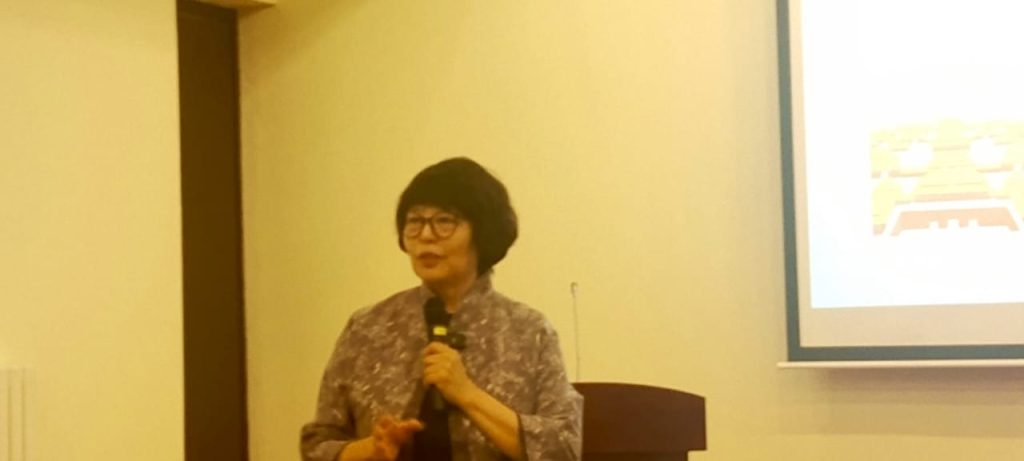China’s ambitious pursuit of educational modernization is deeply intertwined with its broader goals of technological self-reliance and global influence. By 2025, the nation aims to establish itself as a major player in global education governance, leveraging its rapidly developing technological capabilities and expanding educational infrastructure to shape international educational discourse and standards. This strategic initiative is rooted in the belief that education serves as a crucial pillar of national strength and a catalyst for economic advancement, reflecting a long-standing emphasis on human capital development within Chinese society.
The transformation of China’s education system has been a multifaceted and ongoing process, marked by distinct periods of reform and adaptation. From the abolition of the imperial examination system in 1905, which signaled a shift towards modern educational principles, to the post-1949 focus on literacy campaigns to address widespread illiteracy, China has continually sought to refine its educational approach. The period of Reform and Opening Up, initiated in 1978, marked a pivotal era of expansion and modernization, paving the way for the massification of higher education in the subsequent decades. Now, in the “new era” of education development, China is prioritizing both equitable access and quality improvement, striving to create a world-class education system capable of competing on a global scale.
Central to China’s current educational strategy is the dual emphasis on internationalization and digitalization. Internationalization involves not only attracting international students to Chinese universities but also actively participating in and shaping global educational standards and practices. The establishment of “global education centers” is envisioned as a key mechanism for achieving this goal, enabling China to project its educational influence and expertise onto the world stage. Simultaneously, digitalization is transforming the very fabric of education within China, offering new opportunities for personalized learning, expanding access to educational resources, and fostering innovation in teaching methodologies.
This push towards technological self-reliance in the education sector is part of a broader national strategy to reduce dependence on foreign technologies and establish China as a leader in technological innovation. By developing its own educational technologies and platforms, China aims to gain greater control over its educational future and contribute to shaping the global landscape of educational technology. This emphasis on self-reliance also extends to the development of a highly skilled workforce capable of driving technological advancements and maintaining China’s competitive edge in the global economy.
The remarkable progress made in expanding educational access is evident in the dramatic increase in enrollment rates across all levels of education. From a nation grappling with widespread illiteracy in the mid-20th century, China has achieved near-universal enrollment in compulsory education and significantly expanded access to preschool and higher education. This achievement underscores the government’s commitment to providing educational opportunities for all citizens and building a strong foundation for future generations. However, the focus is not solely on quantity; improving the quality of education is equally paramount, as evidenced by ongoing reforms aimed at enhancing teaching standards, curriculum development, and educational research.
China’s efforts to showcase its educational advancements to the international community are exemplified by programs like the China International Press Communication Media Exchange Program. By hosting international journalists and facilitating visits to universities and educational institutions, China seeks to promote a greater understanding of its educational system and counter misconceptions or negative narratives. These exchanges also provide valuable opportunities for dialogue and cross-cultural learning, fostering greater collaboration and understanding between China and the rest of the world in the realm of education. The interactive symposiums and discussions held during these visits allow participants to share their perspectives on China’s educational transformation and contribute to a more nuanced and informed global conversation about the future of education.














